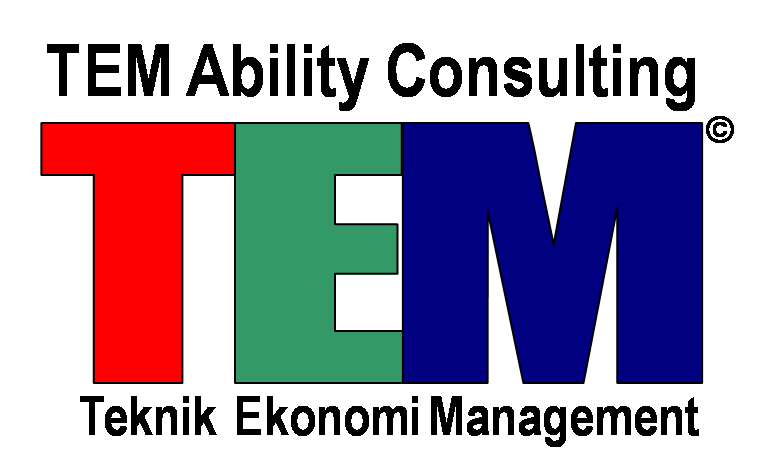TECHNOLOGY

IMPROVED RESULTS THROUGH TEAMWORK AND EMPOWERMENT
Precise as the Turbo for the car engine, the organization also gets a ”result kick” out of increased motivation and work satisfaction.
Despite fantastic initiatives of different occupational role in the factory the results will, nevertheless, not reach the level expected. A wide range of reasons are spread out, What and Where and Why. As engineer, one often search after the reason in technical terms despite that the most common factor often is ”the humane factor”.
FLOORCOACHING
FloorCoaching is all about how you create better results by
TEAMWORK and EMPOWERMENT
Floor Coaching aims to increase the motivation and to create stronger commitments for the Improvement work, irrespective of which concept or method you currently work accordingly to. Floor Coaching does not compete with any Improvement methods. Instead it is a smart technique for Managers to use when it is necessary to get several professionals together as a team to solve various manufacturing problems.
Floor Coaching creates a common view of understanding of problems, reasons and solutions and unites different skills within Production and Maintenance to a powerful Workforce ready to achieve permanent improvements. To be given the opportunity to influences on your own working situation is a highly contributing factor to increased work satisfaction and superior results.
Most People have a “special talent” of putting forward precisely their own individual problems as ”the definitely most important one”. Floor Coaching creates one common understanding for THE OVERALL PICTURE and makes it easier to agree about and prioritize and to accept the sequence on the activities that Management wants to improve.
LEAN IN MAINTENANCE & PRODUCTION
A Lean system is a set of activities designed to eliminate waste, streamline a process, increase productivity, and more efficiently use existing assets (equipment and personnel). A Lean Maintenance effort focuses on equipment reliability and workforce utilization
Leadership Skills for Maintenance, mapping of present situation
Step away from your facility to gain perspective and learn how to strengthen your organizations ability to perform together. Your leadership and communication style impacts your company, those you work with, and your own success. This activity-enriched session focuses on personal awareness, working relationships, influence skills, and conflict resolution distinctive to a maintenance operation striving to be a World class asset for production line.
Ø READ MORE UNDER “METHODS” – Kaizen,Rapid Improvement Processes
SIXSIGMA
Six Sigma consists of a set of statistical methods for systemically analyzing processes to reduce process variation, which are sometimes used to support and guide organizational continual improvement activities. Six Sigma's toolbox of statistical process control and analytical techniques are being used by some companies to assess process quality and waste areas to which other lean methods can be applied as solutions. Six Sigma is also being used to further drive productivity and quality improvements in lean operations.
It is important to note that not all companies using Six Sigma methods are implementing lean manufacturing systems or using other lean methods. Six Sigma has evolved among some companies to include methods for implementing and maintaining performance of process improvements. The statistical tools of Six Sigma system are designed to help an organization correctly diagnose the root causes of performance gaps and variability, and apply the most appropriate tools and solutions in addressing those gaps.
Ø READ MORE UNDER “METHODS” – Six Sigma statistical tools
TPM (Total Productive Maintenance)
Unlike almost any other maintenance strategy, Total Productive Maintenance (TPM) is primarily housed within the operations group, so full participation from them at all levels is essential. The other unique aspect is that while TPM is driven from top management it is primarily an operations worker effort
Introduction to TPM
Total Productive Maintenance (TPM) seeks to engage all levels and functions in an organization to maximize the overall effectiveness of production equipment. This method further tunes up existing processes and equipment by reducing mistakes and accidents. Whereas maintenance departments are the traditional center of preventive maintenance programs, TPM seeks to involve workers in all departments and levels, from the plant-floor to senior executives, to ensure effective equipment operation.
Autonomous maintenance, a key aspect of TPM, trains and focuses workers to take care of the equipment and machines with which they work. TPM addresses the entire production system lifecycle and builds a solid, plant-floor based system to prevent accidents, defects, and breakdowns. TPM focuses on preventing breakdowns (preventive maintenance), "mistake-proofing" equipment (or poka-yoke) to eliminate product defects and non-de, or to make maintenance easier (corrective maintenance), designing and installing equipment that needs little or no maintenance (maintenance prevention), and quickly repairing equipment after breakdowns occur (breakdown maintenance).
The goal is the total elimination of all losses, including breakdowns, equipment setup and adjustment losses, idling and minor stoppages, reduced speed, defects and rework, spills and process upset conditions, and startup and yield losses. The ultimate goals of TPM are zero equipment breakdowns and zero product defects, which lead to improved utilization of production assets and plant capacity.
Ø READ MOOR UNDER “METHODS” - Techniques to implementTPM
MANAGEMENT BY OBJECTIVES (MBO)